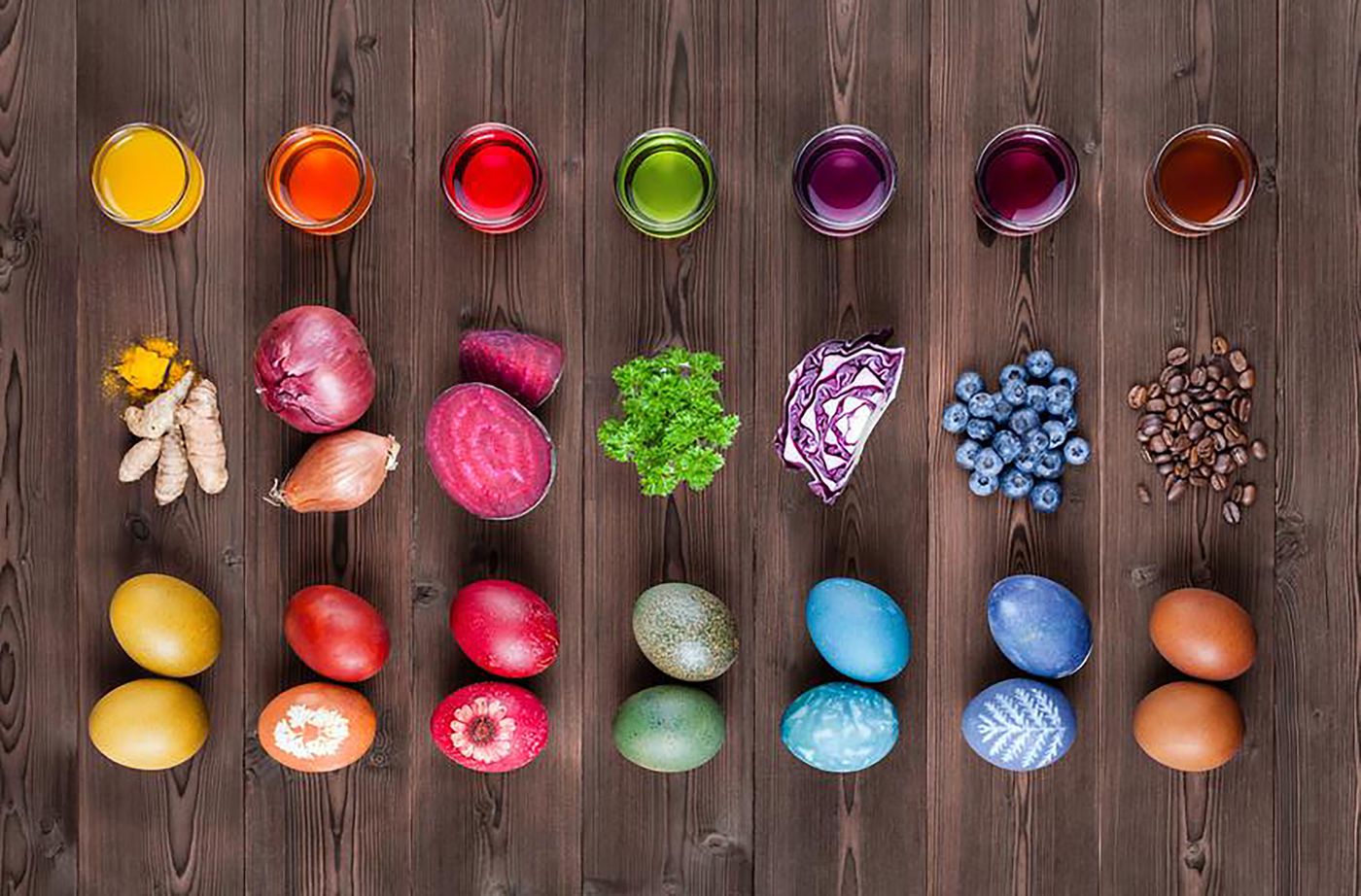Easter Origins Eggs
Easter story
Celebrating Easter cannot fail to go back to its origins. Easter is especially important for Christians: the celebration of the resurrection of Christ. According to the Bible, on Palmsonntag, the Sunday before Easter, Jesus left for Jerusalem to celebrate Passover, one of the most important festivals in Judaism. Jesus was also a Jew.
In the hearts of the people of Jerusalem, Jesus was a hero who helped the poor and the sick and preached the Word of God. Because he is so adored, city leaders fear losing power. So they wanted to kill Jesus.
On Gründonnerstag (Holy Thursday, the Thursday before Easter), Jesus held the Last Supper with his 12 followers (also called apostles or disciples). At that time he already knew his life was in danger. Judas, one of the apostles, revealed the whereabouts of Jesus to city leaders in exchange for money.
The next day, Good Friday, Karfreitag Holy Friday, Jesus was detained and crucified. After his death, he was buried in a cave, and the entrance of the cave was sealed with a thick and heavy stone.
On Easter Sunday Ostersonntag, according to the custom of the time for the dead, some women wanted to rub the body of Christ with oil. When they came to the cave, they were startled to find that the big stone that closed the cave had been removed and Jesus disappeared. Sitting in the cave, the angel told the woman that Jesus had come to life and was on his way to Galilee. But no one believed it.
On Easter Monday in Ostermontag, two faithful disciples met Jesus on their way to the village of Emmaus, leading to belief in the resurrection of Jesus.
Therefore, each Easter aims to celebrate the resurrection of Jesus, but also life and new life.
Eggs and Easter
Colored eggs were first mentioned in the 13th century. The custom of dyeing eggs originated when people abstained from eating meat and eggs the week before Easter -- also known as Holy Week.
However, chickens continue to lay eggs, and eggs should not be thrown away, so people boil eggs to increase their shelf life. Also, dye cooked eggs to distinguish them from raw eggs. Colored eggs are also given as gifts.
For thousands of years, eggs have symbolized life. Also symbolizing the resurrection, the life in the egg is like being enclosed in the grave. Just as a chicken emerges from its shell, so Jesus is reborn from the grave.
natural dyeing
It doesn't really matter whether you use white or brown eggs.
During Easter, brown eggs tend to be cheaper than white eggs. Colors stand out more on light backgrounds. However, strong or warm reds, yellows and oranges are better for brown eggs.

boiled eggs
Unlike hard-boiled breakfast eggs, hard-boiled Easter eggs shouldn't poke them. This prevents the inside of the egg from discoloring.
To prevent eggs from cracking during cooking, allow to acclimate at room temperature for 1-2 hours. Put the egg in warm water first, then boil it, so the heat shock isn't much.
ready eggs
To make the eggshell better absorb the natural color, roughen it with vinegar before dyeing. Give hard-boiled Easter eggs a brief vinegar bath by adding 1 tablespoon of vinegar to 1 liter of water.
prepare the dye
Make a decoction of 1 liter of water and the food of your choice. How long the color paste is cooked depends on the type of natural product.
Which color is produced by which food? Find the answer here. Each ingredient is boiled with 1 liter of hot water.
Naturally dyed yellow:
To use turmeric: 50 grams of fresh turmeric root or 4-5 tablespoons of turmeric powder
With coriander seeds: 3-4 tablespoons coriander seeds
Naturally dyed orange:
Add onion: 200g brown onion skins
Add carrots: 500g carrot peels or whole carrots
Naturally dyed brown:
Coffee: 40-50 grams of ground coffee
Black tea: 40-50 grams of black tea
Naturally dyed red:
Beetroot: 500 grams of beetroot or 1 liter of beetroot juice
Red onion skins: 300 g red onion skins
Natural green:
Use spinach: 150 grams spinach or 4 teaspoons spinach powder
With parsley: 150 grams of parsley
dye eggs blue naturally
Blueberries: 200g fresh or frozen blueberries (mashed).
For red cabbage: 100 grams of red cabbage leaves
color the eggs
Strain the color liquid through a kitchen sieve and distribute among different dishes. Put hard-boiled eggs inside until desired color intensity - preferably overnight. It is important that the eggs are completely covered with the soup.
Tip: You can also cook the eggs directly in the colored natural soup. Due to the short cooking time of the eggs, the color is much weaker this way.
let the eggs dry
Once the color intensity is satisfactory, place the naturally colored eggs in egg cups to dry
How long can self-dyed eggs be kept? In the refrigerator, organically dyed eggs will keep for up to four weeks as long as the shells are not damaged. If the eggs are rinsed with cold water after they are cooked, they can only be kept for two weeks.

Why is Easter never the same day?
The kids noticed that one year we celebrated at the end of March and another year we celebrated at the end of April.
Because the Easter date is based on Judaism Passover and the phases of the moon.
We always celebrate Easter on the first Sunday after the first full moon in spring, which is between March 22nd and April 25th every year.

Like my work? Don't forget to support and clap, let me know that you are with me on the road of creation. Keep this enthusiasm together!
